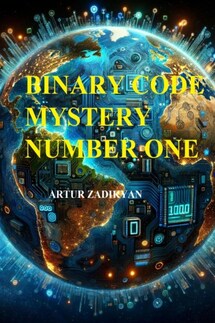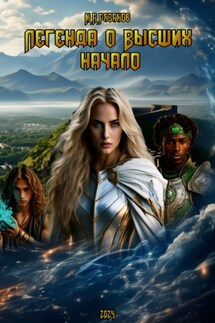Binary code: Mystery number one - страница 26
– That's right," Ruthra replied jokingly.
– You give me a break with this stuff, or you'll get me a nunnery. We're on, automatic translation system is working.
Faces appeared on the screens, assistants were making connections, greetings passed.
A U.N. official began the report:
– The U.S. State Department has provided a briefing on the progress of the implementation of the U.S.-Russian Strategic Arms Limitation Treaty (START-3). According to this information, Moscow had 1,492 deployed nuclear warheads at the start of the treaty, while Washington had 1,737. According to the US State Department's data on the progress of START-3 implementation, the United States has 760 nuclear warhead carriers in service, while Russia has 523. The number of warheads on deployed carriers is 1,534 for the United States and 1,645 for Russia.
After listing many details, the speaker stated.
– The report is over, thank you for your attention.
There was a moment of silence. It was obvious from the faces of the participants that they wanted to end the conference as soon as possible.
– We, as UN representatives, should ask something, clarify. Ask something," Vasilyevich whispered to Rutra.
Rutra looked at him questioningly, but he was not confused, nodded, and, after quickly reviewing the entire report, asked about the numbers that interested him because of their inconsistencies with START-3.
– Please explain the following point," Rutra began his question in English. – You said that the United States has 760 deployed nuclear warhead carriers, while Russia has 523.
– Yes, it turns out so. I note that this is according to the US State Department.
– And you said that Washington is satisfied with the way START-3 is being implemented.
– Yes, such a statement was made.
Yuri Vasilyevich stepped lightly on Rutra's heel. Rutra took the hint and said:
– Thank you, I'm all set.
– Any other questions? – asked a representative of the Presidential Administration.
Everyone was silent.
– Since there are no questions, I suggest that we work through the program to clarify data, extent, and prospects for implementation before the next meeting, which will be in six months. Notification will be sent out in advance.
– Invite a representative of the U.S. State Department to the next meeting," Yury Vasilyevich suggested unexpectedly.
– Put it in the minutes," a representative of the Presidential Administration pointed to someone. – Any other suggestions, questions?
Everyone was silent.
– I declare this regular meeting adjourned. Thank you, goodbye! – said the representative of the Presidential Administration.
– Goodbye! Goodbye! – came from the speakers.
The monitor turned off.
– Now that's the time to check out all these organizations.
– The State Department, too? – Rutra asked, smiling.
– Also," Vasilievich replied seriously.
Chapter 7.
The Doomsday Problem
Rutra became increasingly aware that the true purpose of their organization was, to put it mildly, a little different. After the assertion of the U.S. State Department vetting, this became clear. "So who will be vetting him? In what role?" – Rutra asked himself.
Vasilievich noticed this and gestured him to the corridor. They silently went there, then went into the elevator and, having gone down, came out at a small dark station. It wasn't a station as such; there were no tracks, tunnels, or locomotive cars. It was a large room with dim lighting; there was a single sliding iron door on the opposite wall from the elevator. Beside this door was a small bench on which they sat down.









